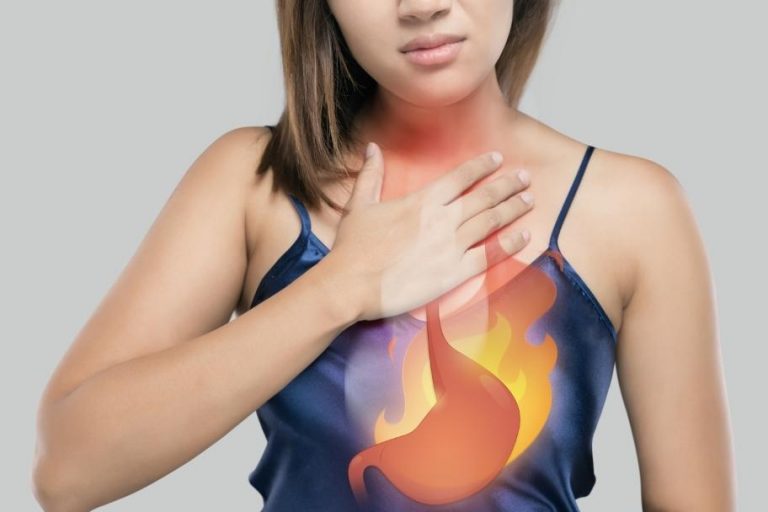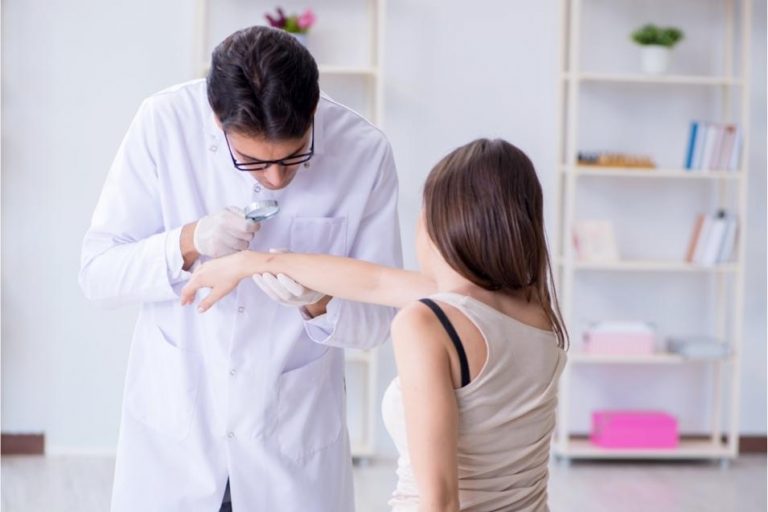
Table of Contents
AYURVEDIC MEDICINE FOR KIDNEY STONES
Kidney stones illness is one such condition that might happen to most individuals at any age in their life. An analytical study shows that 15% of the international populace struggle with this malady at one or the other point of their life. Other terms of Kidney stone are Renal stones or nephrolithiasis or urolithiasis.
Usually stones that are 5mm or greater than 5mm cause symptoms like abdominal pain or low backache (intermittent radiating pain from the back to the groin). This is since stones that are much less than 5mm may conveniently pass out with urine without creating any kind of blockage. In our urinary system, Urolithiasis is normally developed in the kidney, ureter, bladder and urethra.
Kidney Stones can be avoided by complying with a disciplined regimen as well as a healthy way of life. Studies suggest that guys are mainly impacted with kidney rocks in comparison with ladies. Current studies show that Kidney rocks are more common among those who are aged between 20 to 40 years old.
Due to lack of water consumption or reductions of urine prompts, clusters of crystal are formed which might become a hard swelling in one or both the kidneys. According to Modern Science surgical intervention is required when there are symptoms like:-
- Patient getting restlessness due to severe pain
- When there is extreme difficulty in passing the urine with associated symptoms like nausea and vomiting
- Hematuria (Presence of blood in the urine)
- 75% of the people who are experiencing Renal Stones have Calcium or Calcium Oxalate stones. Studies also tell people who take Calcium or Vitamin D supplements, on a regular basis, go to a high danger of getting Renal Calculi given if they are not consuming enough quantity of water.
- 50% of the individuals that are dealing with Renal Rocks have pure calcium oxalate as the major element of their calculi, a minor portion of (5%) patients have calcium phosphate as the main part of their calculi. In practically 45% situations it is the mix of both the compounds. Depending upon the primary component in the formation of Calculi and its etiology, special focus as well as care should be given to the Individual.
- In Ayurveda, Kidney stone condition has actually been elaborately pointed out as an illness that causes the obstruction of Mootravaha srotas (urinary tract), under the name Mootrashmari. Ashmari means a foreign body or opponent in the form of a stone in the urinary system which leads to severe pain.
Signs & Symptoms
- A severe, abrupt, sharp as well as periodic radiating pain from the flank to the groin.
- Continuous urge to pass the urine as well as a feeling of incomplete draining of the bladder.
- Burning sensation and pain while passing urine.
- The color of the urine will be dark or red as a result of the presence of blood fragments.
- Problem in passing the urine with associated symptoms like queasiness as well as vomiting
- Some male patients might feel pain in glans penis
Risk Factors of Kidney stones
- Dehydration
- Hereditary causes
- Consumption of high amount of protein, fat, salt and sugar rich diet Individuals who are suffering from urinary system infections (UTIs).
- Weight problems
Types of Renal stones
Calcium stones- People who are dealing with Hyperthyroidism are often victims of Calcium stones as a result of raised calcium absorption from the digestive tract.
Struvite stones– composed of magnesium ammonium phosphate rocks, established as a result of persistent UTI.
Uric acid stones– People experiencing gout have higher possibilities of getting Uric acid stones, as a result of high intake of purine medications. Uric acid stones are normally created in a little acidic urine with a pH of 5.5. They are radiolucent and are visible on an X-ray film).
Cystine stones– Reabsorption of cystine in the renal tubule will be impaired in people suffering from genetic innate metabolic conditions like cystinuria. Due to the presence of sulphur, it is tough to see them in an X-ray film.
Drug-induced stones.
Ayurvedic medicine for kidney stones
Stones smaller than 5mm size do not call for much treatment, given that they will be flushed out with the urine after consuming ample amounts of water.
Ayurvedic treatment of kidney stones, includes a range of therapies that include plant-based medication, diet regimen and lifestyle modifications. Also in Ayurveda, a number of diuretic herbs are shown that assists to crush the stones so that they are conveniently removed through the urine.
Ayurvedic medicine for kidney stones 3 types of drugs are explained
- Mutravirechaniya (diuretic)
- Ashmarighna dravya ( lithotriptic)
- Kshara karma (alkali therapy)
Even after surgery if you are getting repeated kidney stones, it can be due to not identifying and avoiding the cause, which is where a holistic approach as in Ayurveda is important. Some of the herbal Ayurvedic Medicine for Kidney stones:
- Punarnava
- Varuna
- Shigru
- Pashanabheda
- Kushmanda seeds
- Kantakari
- Bakul
- Dhanyaka/Coriander
Ayurvedic medicines for Kidney stones include
- Ashmarihara churna
- Gokshuradi guggulu
- Varunadi kwatha
- Punarnavasava
Regardless of the large range of conventional medicine and interventional alternatives, 50% of people experience at least a single occurrence, and also 10-20% experience 3 or even more additional episodes of recurrence. If left untreated or inadequately dealt with, Ashmari or renal stones could result in urinary system infection, urinary obstruction, chronic kidney conditions, end-stage kidney failure as well as hypertension. Ayurveda provides a more radical approach and also a wide variety of options in the treatment of kidney stones.







